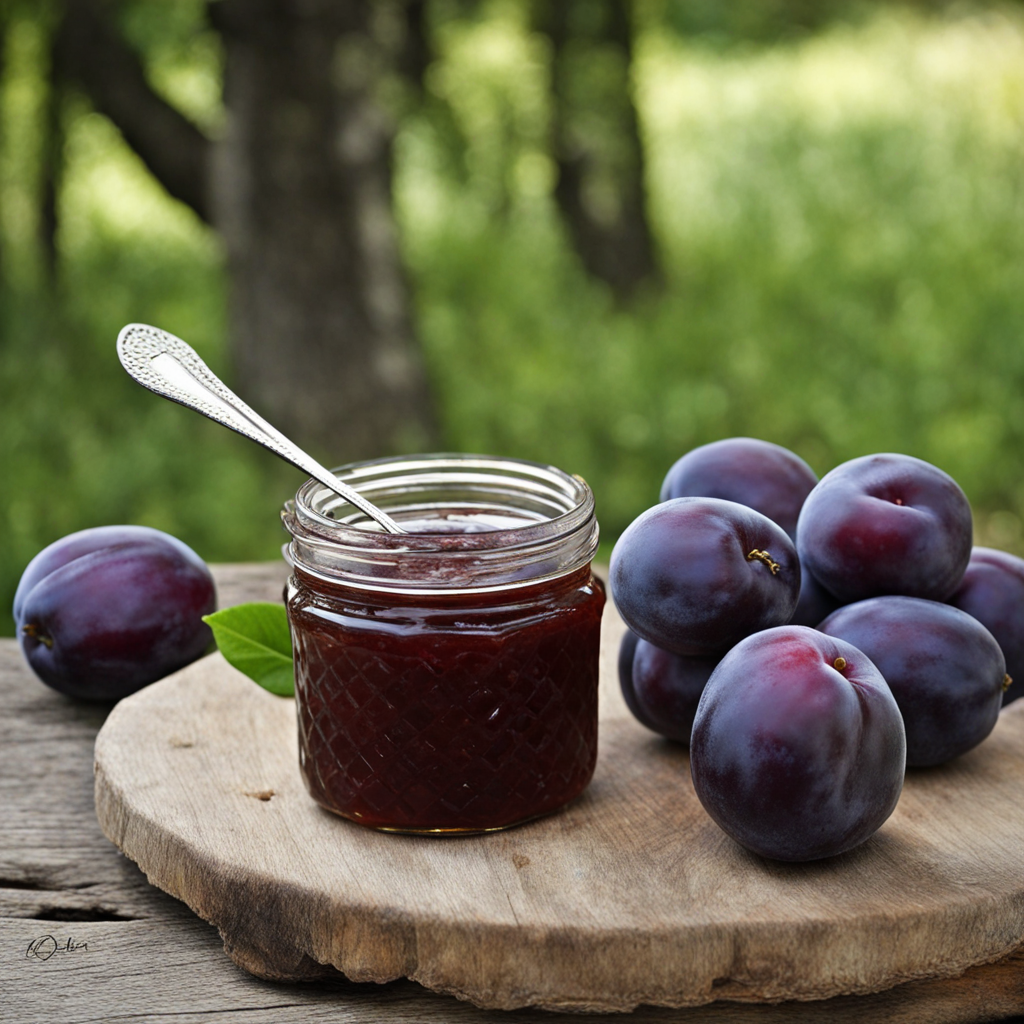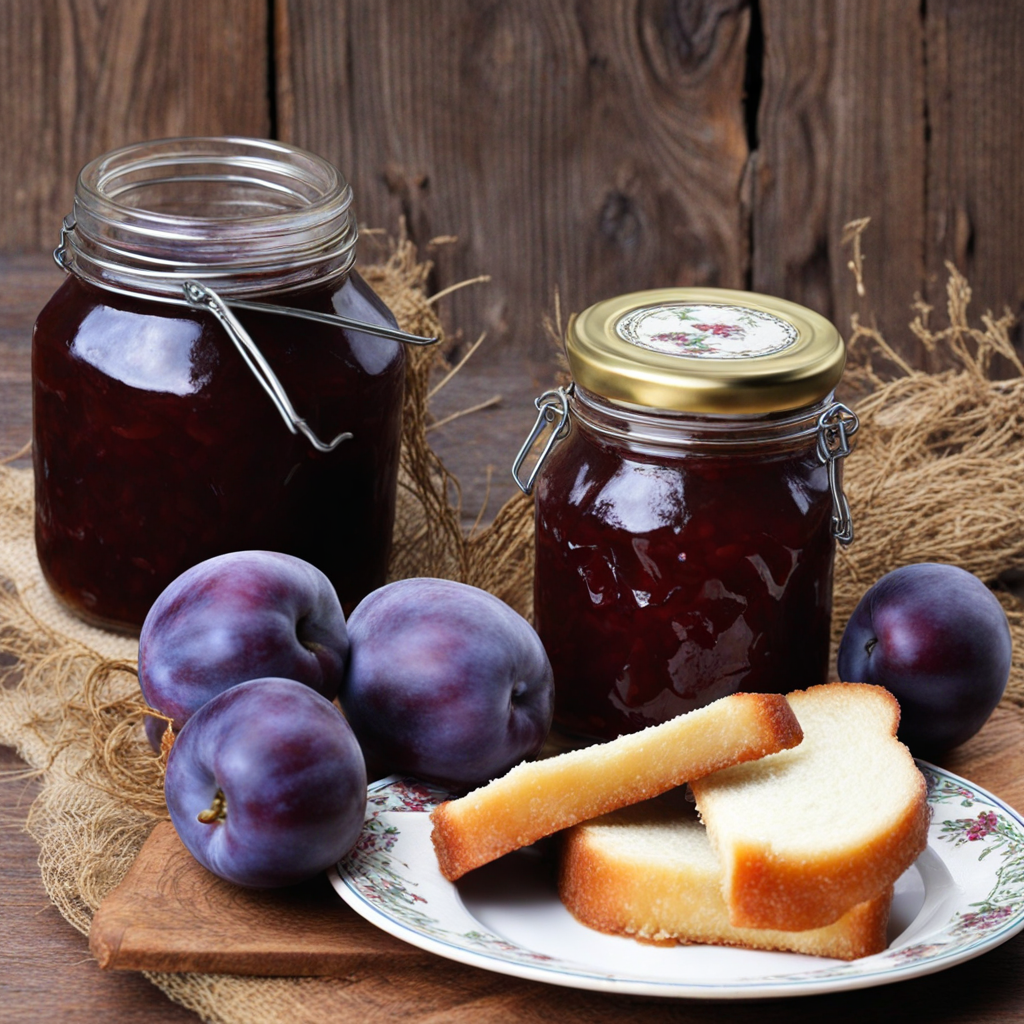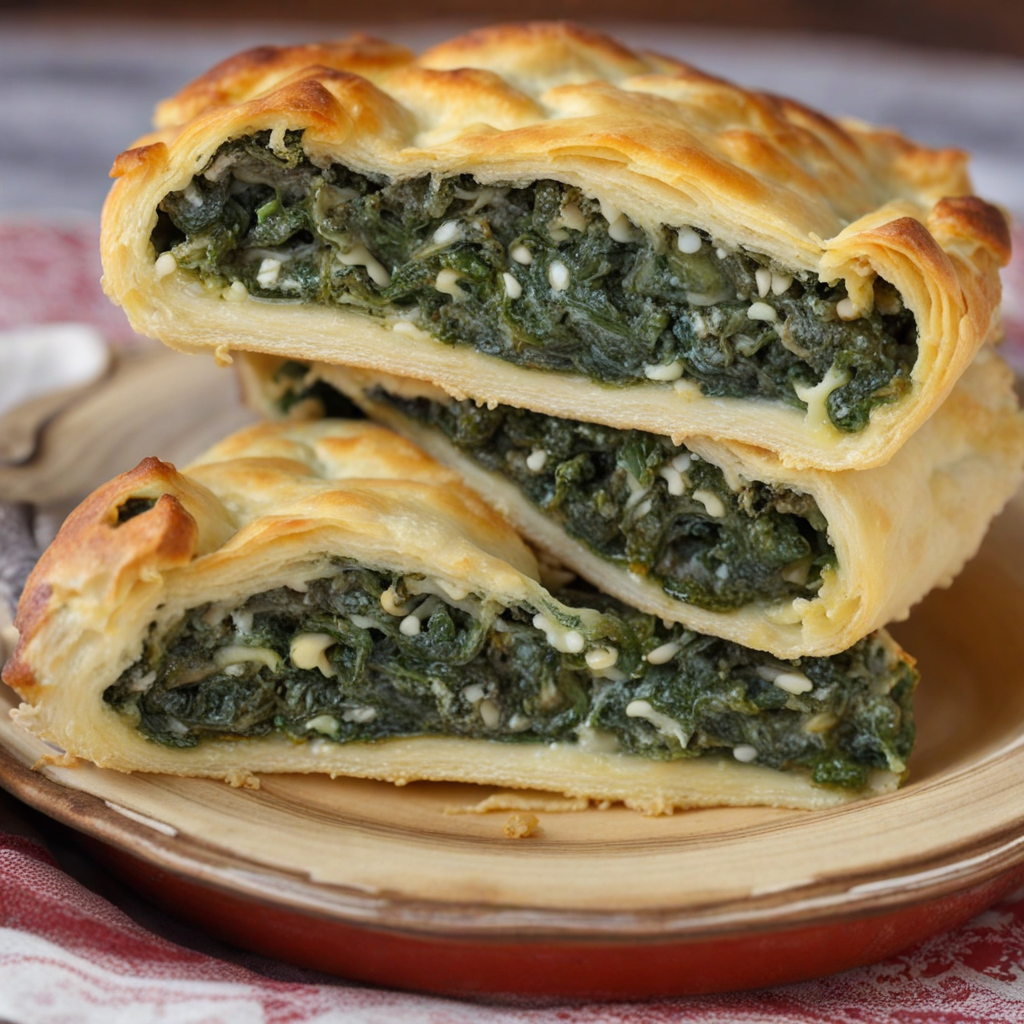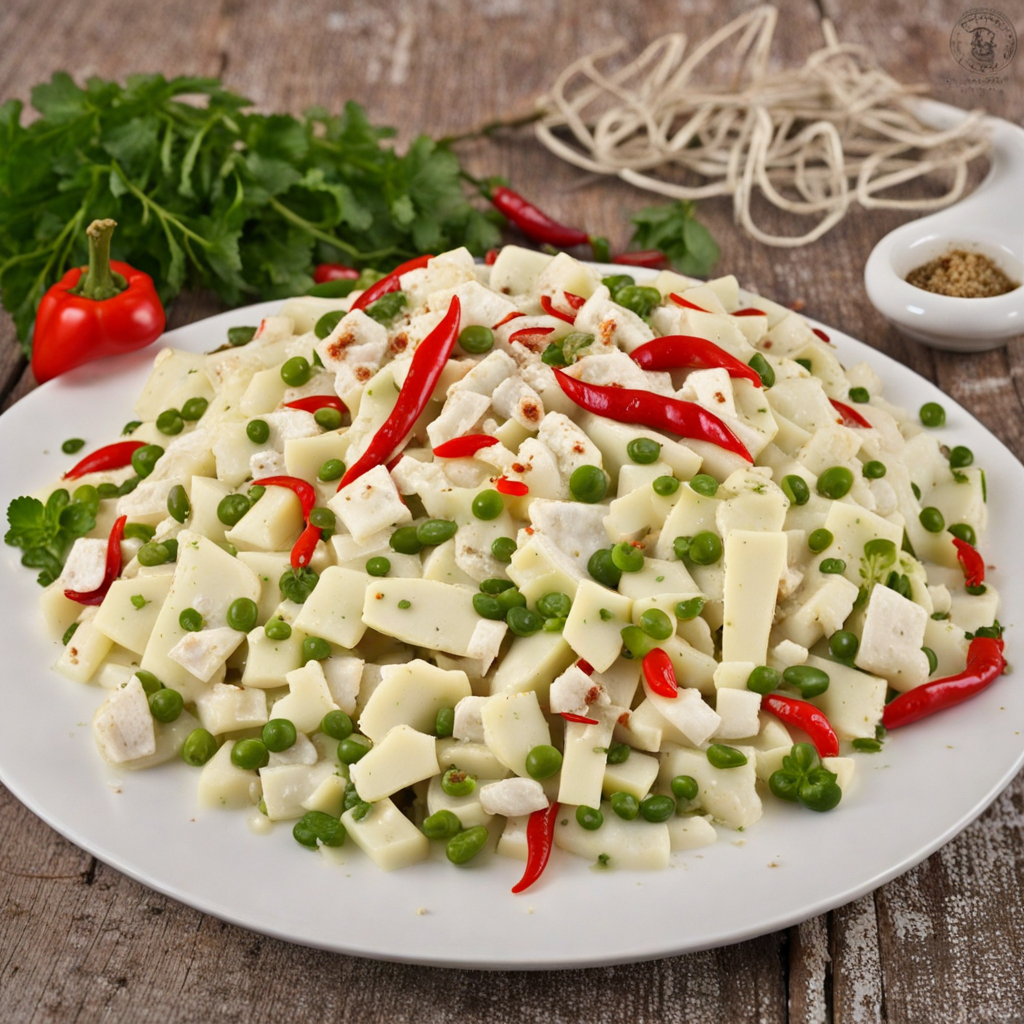Džem od Šljiva
Džem od Šljiva, or plum jam, is a beloved Serbian delicacy that embodies the rich agricultural heritage of the region. Made predominantly from ripe, juicy plums, this jam captures the essence of summer with its vibrant purple hue and luscious texture. The plums are carefully selected for their sweetness and flavor, then cooked down to create a spread that is both thick and smooth. The process often involves a careful balance of sugar, which enhances the natural sweetness of the fruit while also preserving it, making it a staple in Serbian households throughout the year.
This jam is not merely a sweet spread; it carries with it the warmth of Serbian traditions. Džem od Šljiva is commonly enjoyed with fresh bread, pancakes, or even as a topping for various desserts. It can be paired with cheeses to create a delightful contrast between sweet and savory, or used as a filling for pastries, showcasing its versatility. Many families have their own cherished recipes, often passed down through generations, which brings a personal touch to this already special treat.
How It Became This Dish
The History of 'Џем од шљива' (Plum Jam) in Serbia The culinary landscape of Serbia is rich and diverse, steeped in centuries of tradition and cultural exchange. Among its many regional delights, 'џем од шљива,' or plum jam, stands out not only as a beloved spread but also as a symbol of the agricultural and culinary heritage of this Balkan nation. To understand the history of this sweet preserve, we must delve into its origins, cultural significance, and evolution over time. Origins: The Plum in Serbian Culture The story of 'џем од шљива' begins with the plum, a fruit that has been cultivated in the region for millennia. Plums are thought to have originated in the Caucasus and were later introduced to the Balkans through trade and migration. Archaeological evidence suggests that plums were being cultivated in Serbia as early as the 5th century AD. The favorable climate, characterized by warm summers and fertile soil, provided the perfect conditions for plum trees to thrive. In Serbia, plums have become synonymous with the rural lifestyle. Families often plant plum trees in their backyards or orchards, taking pride in the fruits they harvest each year. The most common variety used for making 'џем од шљива' is the 'Čačanska rodna,' known for its rich flavor and high sugar content, making it ideal for preserves. The tradition of transforming plums into jam likely began as a means of preserving the fruit for the winter months, a practice that has roots in various cultures around the world. Cultural Significance: A Staple of Serbian Cuisine Plum jam is more than just a spread; it is an integral part of Serbian culture and culinary tradition. In rural households, making 'џем од шљива' is a communal activity, often involving family members working together to harvest, wash, and cook down the plums into a thick, luscious jam. This process is typically carried out in late summer to early autumn when plums are at their peak ripeness. The act of making jam not only serves a practical purpose but also fosters familial bonds, as stories and laughter are shared over simmering pots. Plum jam is traditionally served with fresh bread, pastries, or pancakes, embodying the simplicity and heartiness of Serbian cuisine. It is a staple at breakfast tables, and it often appears during festive occasions and holidays. In the Serbian Orthodox tradition, it is common to find plum jam served during the feast of St. Sava, a celebration of the patron saint of education and learning. This highlights the significance of plum jam not just as a food item but as part of cultural rituals and communal gatherings. Moreover, 'џем од шљива' is often a key ingredient in various Serbian desserts, such as strudels and cakes, showcasing its versatility in the kitchen. The jam's deep, rich flavor enhances dishes and brings a touch of nostalgia to meals, reminding many of their childhoods spent in the countryside. Development Over Time: From Necessity to Gourmet Delight As Serbia transitioned through various historical epochs—from the Ottoman Empire to the Austro-Hungarian period and eventually to modern times—the methods and significance of making 'џем од шљива' evolved. In the past, the jam was primarily made as a necessary means of preserving food. The process was simple: plums were cooked with sugar and sometimes a hint of lemon juice to balance the sweetness. The resulting jam was stored in jars, ensuring that the fruits could be enjoyed long after the harvest. With the advent of the 20th century, and especially after World War II, the industrialization of food production began to change the landscape of food preservation. While traditional methods persisted in rural areas, urban centers saw the rise of commercially produced jams. Companies began to mass-produce 'џем од шљива,' introducing additives and preservatives to enhance shelf life and flavor consistency. This shift posed a challenge to the traditional artisanal methods that had been passed down through generations. However, the late 20th and early 21st centuries brought about a resurgence of interest in traditional foods. As globalization expanded the availability of food products, there was a growing appreciation for local and artisanal products. This renaissance in food culture has allowed 'џем од шљива' to reclaim its place in the hearts of many Serbian families. Artisanal producers and small-scale farmers have started to promote their homemade jams, often using organic plums and traditional recipes that emphasize the natural flavors of the fruit. Today, many Serbian households proudly continue the tradition of making 'џем од шљива,' often sharing their techniques and recipes with younger generations. Local festivals celebrate the plum harvest and the making of jam, where visitors can taste various homemade versions, highlighting the regional differences and personal touches that each family brings to their recipe. Additionally, plum jam has found its way into gourmet kitchens, where chefs experiment with flavors, incorporating spices such as cinnamon or cardamom, and pairing it with artisanal cheeses or charcuterie, showcasing its versatility in modern cuisine. Conclusion: A Timeless Tradition 'џем од шљива' is more than just a jar of sweet spread; it is a testament to the resilience and creativity of Serbian culture. Its journey from a humble means of preservation to a cherished culinary delight reflects the broader narrative of Serbian history itself—marked by adaptation, community, and a deep connection to the land. As Serbia continues to evolve in the modern world, the importance of traditional foods like plum jam remains steadfast. They serve not only as a bridge to the past but also as a reminder of the rich agricultural heritage that shapes the identity of the Serbian people. In every jar of 'џем од шљива,' there lies a story of family, tradition, and the timeless pleasure of enjoying food that has been lovingly crafted from the fruits of the earth.
You may like
Discover local flavors from Serbia







